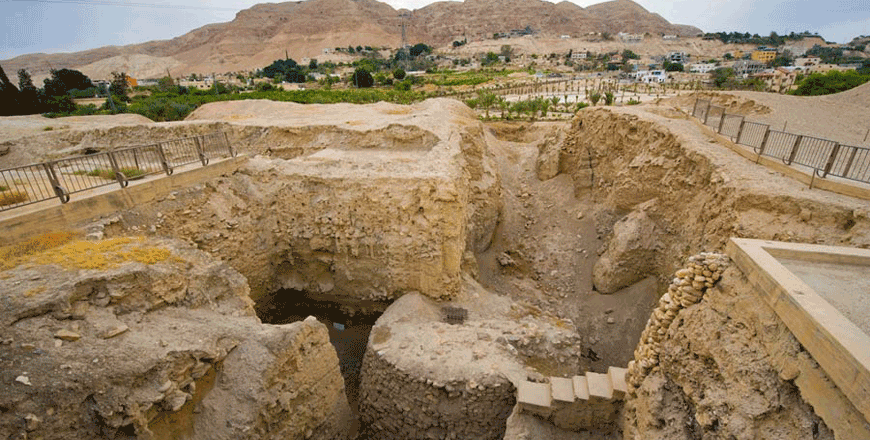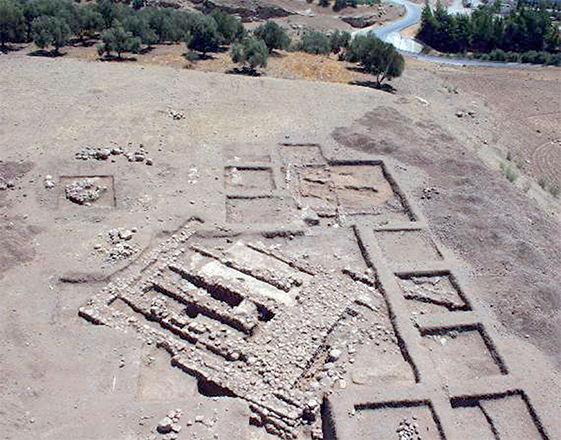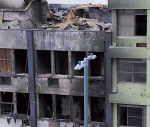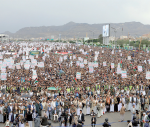You are here
Jordan Valley’s rich cultural diversity: Unraveling transition in cultivation, settlements
By Saeb Rawashdeh - Nov 21,2023 - Last updated at Nov 22,2023
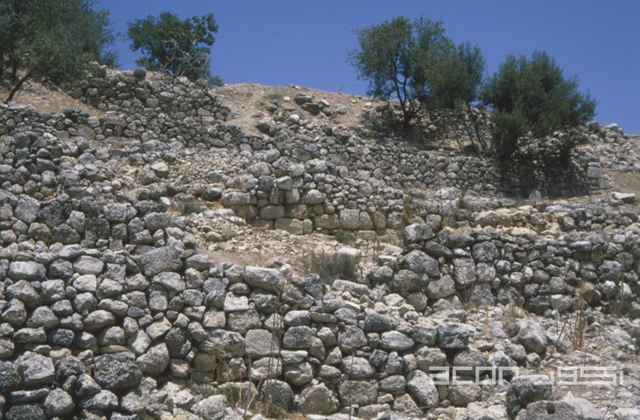
Remains of the site of Wadi Shueib in the Jordan Valley (Photo courtesy of ACOR)
AMMAN — The Jordan Valley covers approximately 104 km in length and five to 20 km in width. The area has been occupied from the Lower Palaeolithic (circa 1,400,000 years ago) to the modern period. Research teams have discovered hunter and gatherer camps from around 21,000 BC to 10,000 BC; however, around 9,000 BC the inhabitants of Jericho started to cultivate plants, one of the key initial components of the process of neolithisation in the Jordan Valley.
The inhabitants of the Jordan Valley slowly began to abandon hunting-and-gathering way of life and deliberately choose the cultivation of land instead. Legums and cereals, particularly barley, were the first cultures that inhabitants of the area used for their diet, including meat that was provided by hunting gazelle, fox, deer boar and waterfowl.
“This Pre-Pottery Neolithic [PPNA] period witnessed the establishment of villages in the southern Levant and these villages were followed by the more substantial, in architecture and size, villages of the Pre-Pottery Neolithic B [PPNB],” said Professor Emeritus from Yarmouk University in Irbid Zeidan Kafafi.
Moreover, the builders of the new villages were initially considered by many scholars to be new people coming into the region, as there was a gap in the sequence at Jericho, but recent excavations in the southern Levant (although not in the Jordan Valley) have now filled this gap, Kafafi continued, adding that the culture of this PPNB period differs from that of the earlier PPNA period in that the cultivated cereals became domesticated and people began to depend more heavily on domesticated animals to supplement their earlier mixed agrarian and hunter-gatherer diet.
“The earliest period of the PPNB is best illustrated at sites such as Motza, west of Jerusalem, and possibly in a smooth transition from PPNA to PPNB in the south of Jordan. The PPNB witnessed the establishment, or re-establishment, of some villages on the west bank of the Jordan River, such as Sheikh’Ali, Munhata and Jericho. Only one site belonging to this early period has been found on the east bank: Abu ‘Urabi. Most of the PPNB developments happened within the Jordan Valley,” Kafafi elaborated.
This gap was followed by the new period known as the Pottery Neolithic. With the new technology of manufacturing pottery, new and more diverse Neolithic cultures have been identified on both banks of the Jordan River, the archaeologist continued, adding that some scholars have suggested that the builders of the Pottery Neolithic villages were non-indigenous to the area and brought new technology of pottery manufacturing with them.
According to that hypothesis, they came from the north, although new evidence points out that it was less likely.
The Pre-Pottery Neolithic, which was identified by Kathleen Kenyon(1906-1978) in some Neolithic sites in the west of the Jordan Valley, like Munhata and Jericho, was not identified in contemporary sites located to the east of the Jordan River, like Ain Ghazal and Wadi Shueib.
“Some reasons, such as drought or climatic catastrophe, might have forced the inhabitants of the western parts to move eastward to live with their relatives in places like ‘Ain Rahub, Abu Hawwab, Khirbet Dharih and Dhra’. There, they continued to live the same lifestyle, relying on cultivation of plants, some domestication of animals and herding,” Kafafi explained, adding that five types of pottery associated with five cultures have been identified in the 6th, 5th and 4th millennia BC.
These were the Yarmoukian, Jericho PNA, Ghrubba, Jericho PNB and Wadi Rabah cultures, he said, adding that the differences between them include technique, decorations, forms and ware.
“However, the different cultures maintained shared traditions, for example in the flint industry. The sites to the east of the Jordan River have been less investigated. More excavations and soundings in the eastern part of the Jordan Valley may bring us new evidence on cultural diversity,” Kafafi underscored.
Related Articles
AMMAN — With an area of 104km in length and ranging from five to 20km in width, the Jordan Valley has hosted human occupants from the Lower
AMMAN — Located some 500 metres from the old Amman-Jerash road, Tell Abu Suwwan represents one of the Neolithic mega sites whose occupation
AMMAN — Evidence of human occupation in wadis from the Jordanian central massive goes back to the Palaeolithic period as it was evidenced in


